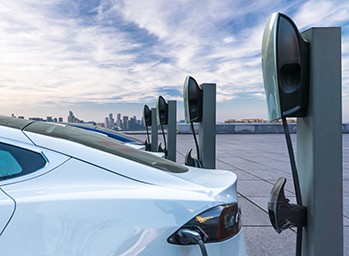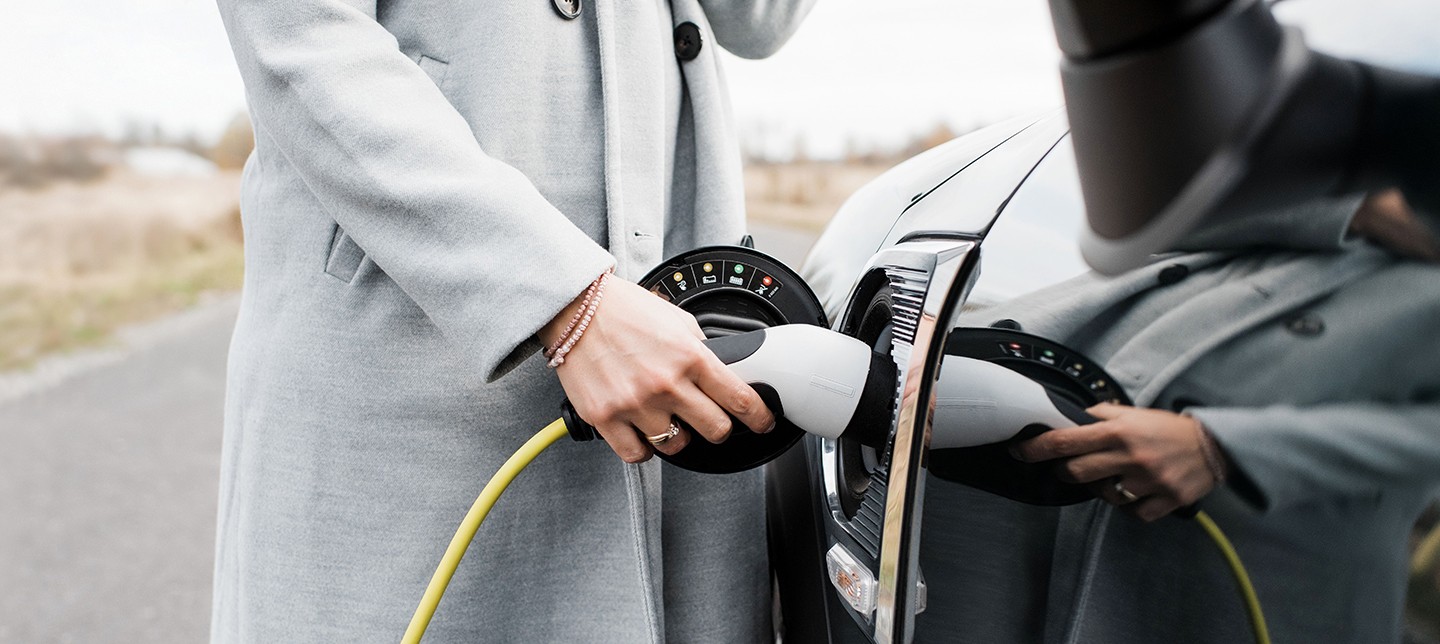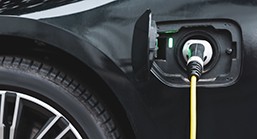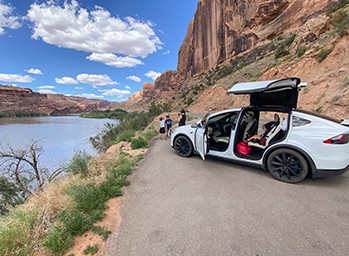Millions of new EV buyers are grappling with something that millions more have been dealing with for some time—how to eke out extra range.
When it comes to EV range, several factors are at play, like battery capacity, charging speed, wheel size, vehicle weight, drag coefficient, driving speed, and vehicle load. The difficulty of achieving maximum range is compounded when you factor in things like driving habits and expectations of vehicle performance. With so much to consider, many EV drivers truly worry if they’ll make it to their destination.
And it’s likely that over the next 10 years, hundreds of millions of people will experience this same form of “range anxiety,” or the fear of ending up stranded on the side of the road because of insufficient battery capacity. Although EVs made up only 2.6 percent of global car sales in 2019, automakers have announced plans to release 200 additional EVs over the next five years. And by 2030, analysts’ projects show EVs accounting for 40 percent of all vehicle sales.
Running out of gas is something most drivers have worried about one time or another. It’s also true that many factors affect the performance of an internal combustion engine. But an empty tank is a problem that’s easily solved. What can drivers do to mitigate range anxiety besides breaking out a calculator or preparing a spreadsheet to determine how far their EVs can go? Is driving slower the only option?
The good news is we can all take a collective sigh, because solutions for improving range are on the way, helping to power the mass adoption—and revolution—of EVs.
Out of Juice, Not Out of Luck
Imagine your worst fear about driving an EV comes true—you completely exhaust your battery. What do you do? Innovations are underway—and in some cases in place—that will power up your vehicle and get you back on the road. And although we still have plenty of work to do to feel completely at ease in an EV, the days of calling a tow truck or a friend to bring you a gallon of gasoline (or some other chemical) will soon be long gone.
Now that EVs are populating roadways in significant numbers, we’re beginning to understand and experience the sometimes unintended consequences of this breakthrough technology. But have no fear: the engineers out there who leave nothing untested are working vigilantly to calm our range anxiety.
Charging Stations
Charging stations are available that work just fine for short-term travel needs. But what about the potential for a longer charge time?
The stations we see around town may one day be replaced or supplemented by “charging road stops.” Think of them as a new kind of hangout with activities for your family to enjoy. And if you’re in a hurry, mobile charging stations may one day be just as fast as popping in and out of a gas station, only they’ll come to you.
Battery Swapping
Battery swapping is much faster than charging a depleted battery. In China, NIO has swapped over 700,000 batteries since launching this service in July 2018. Although there are several kinks to work out involving battery swapping, like standardization, cost, and time, this may prove to be a good option for ensuring longer range.
Vehicle-to-Vehicle Charging
Yes, it’s possible that a vehicle could pull charge from another vehicle. Just like some features in recently released mobile phones, you may be able to share your car’s charge.
Manufacturers like Rivian are promising auxiliary battery packs and vehicle-to-vehicle charging, not to mention their ambitious plans to install an adventure network of electrical charging at places like campgrounds and national parks.
Charging Lanes and Mobile Charging
Today we have high-occupancy lanes and toll road lanes, but coming soon to a highway near you —charging lanes. In the same way a charging pad powers the battery of your smartphone, roads may one day charge your EV battery. And if the road you’re on doesn’t have that capability, you’re still in luck. A mobile charging station designed specifically for vehicles in motion could pull up next to your vehicle and power it up as you drive.
Let’s Power Up
Now that EVs are populating roadways in significant numbers, we’re beginning to understand and experience the sometimes unintended consequences of this breakthrough technology. We should be comforted in the fact that the engineers out there who leave nothing untested are working vigilantly to calm our range anxiety.
As more EVs of all shapes and sizes hit the market, manufacturers of well-known electric compact cars and sedans are making room for electric luxury SUVs, off-road vehicles, motorcycles, cargo-hauling trucks, and other, more affordable options. If you’ve been waiting for your favorite make and model to enter into the EV world, your wait should be over soon.
At NI, we’re working with engineers and EV manufacturers to test battery management systems. The steady decline in battery cost per KWH, among other variables, will ensure future EVs have enough power to get you where need go, near or far.
Next Steps:





